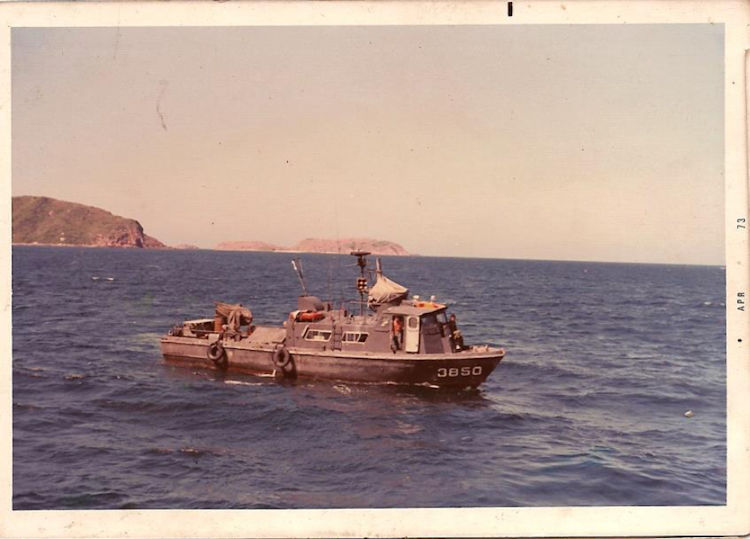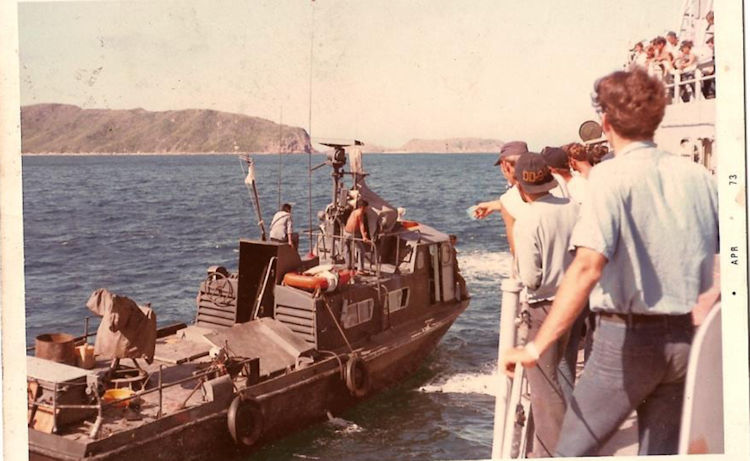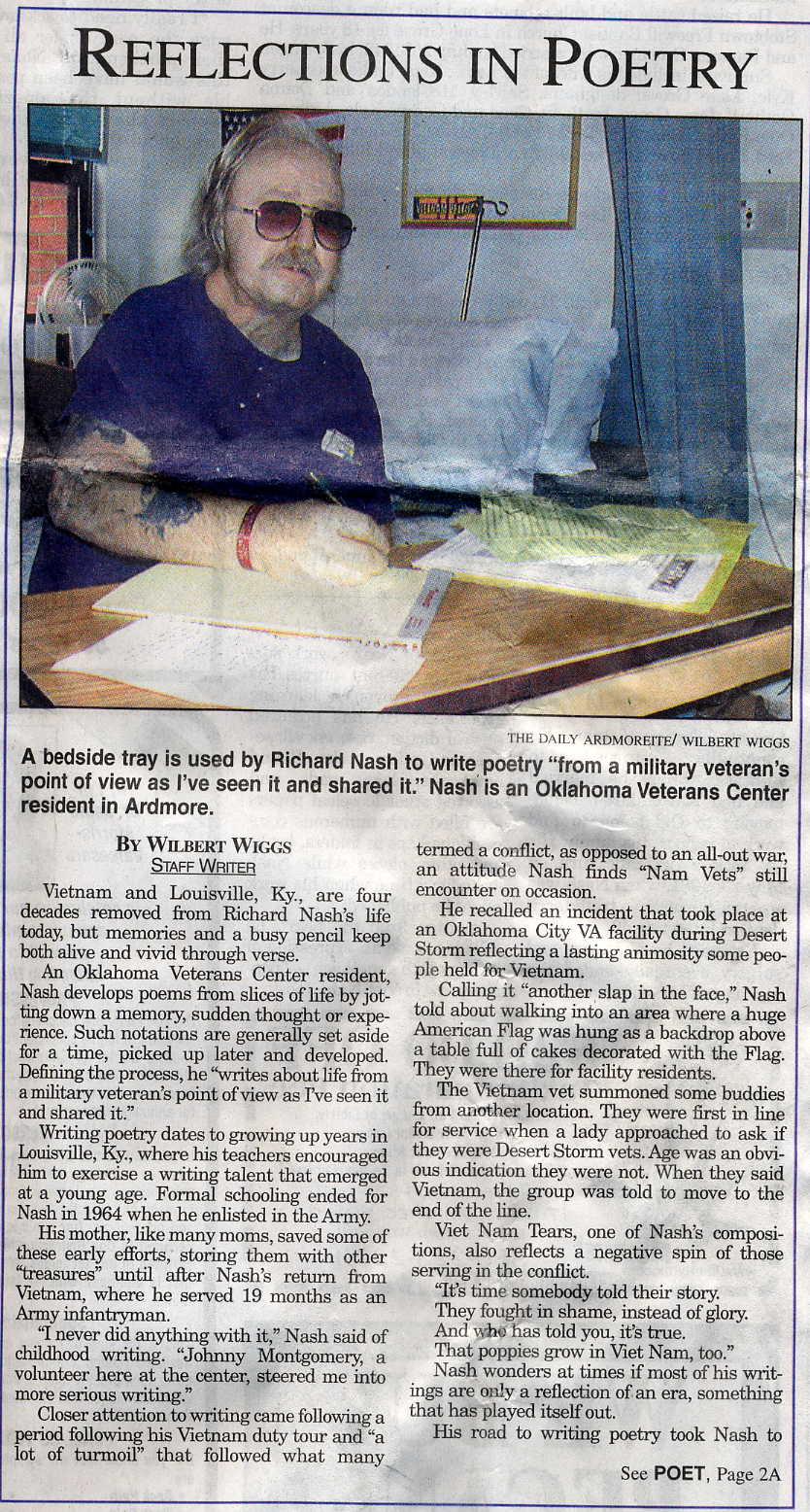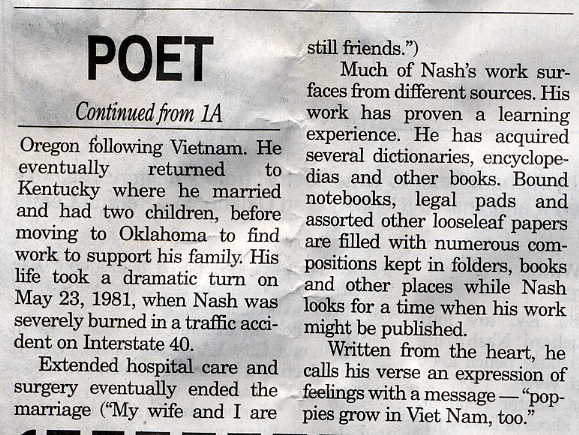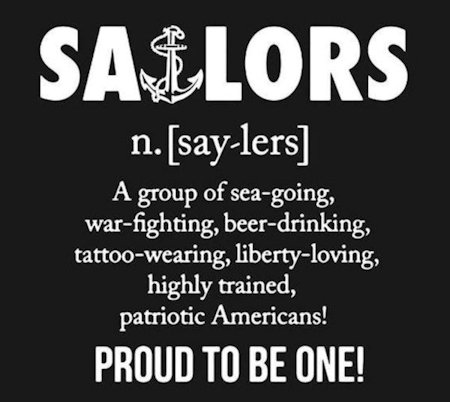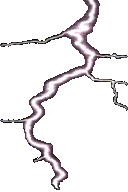 GUNLINE Vietnam 1972 - Page 2
GUNLINE Vietnam 1972 - Page 2 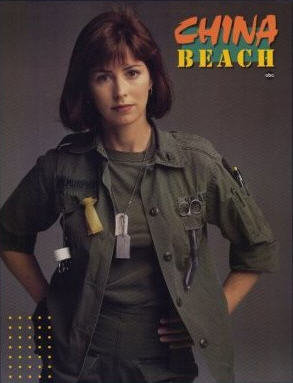
 GUNLINE Vietnam 1972 - Page 2
GUNLINE Vietnam 1972 - Page 2 
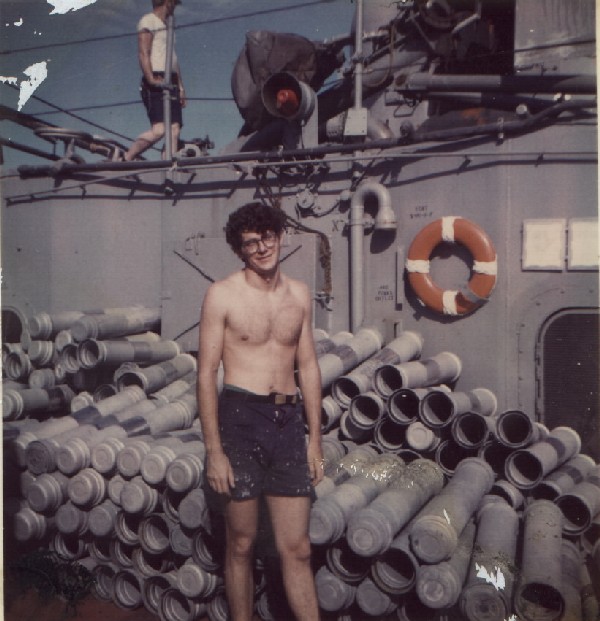
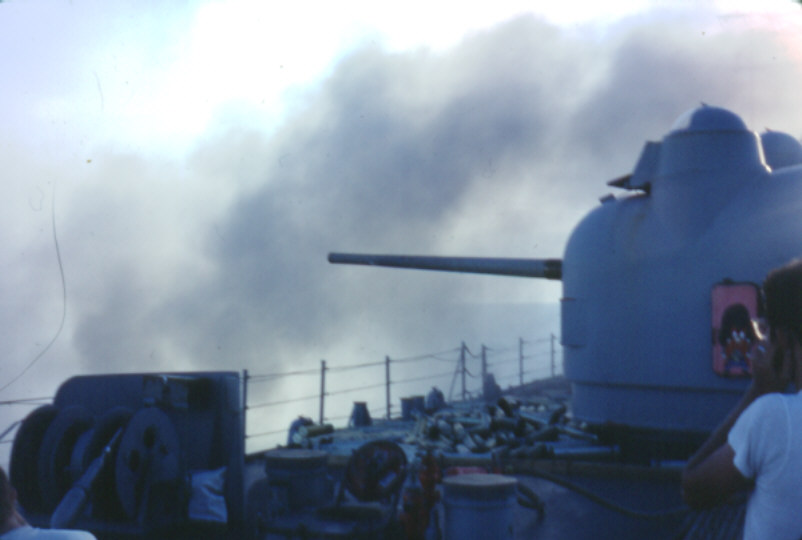
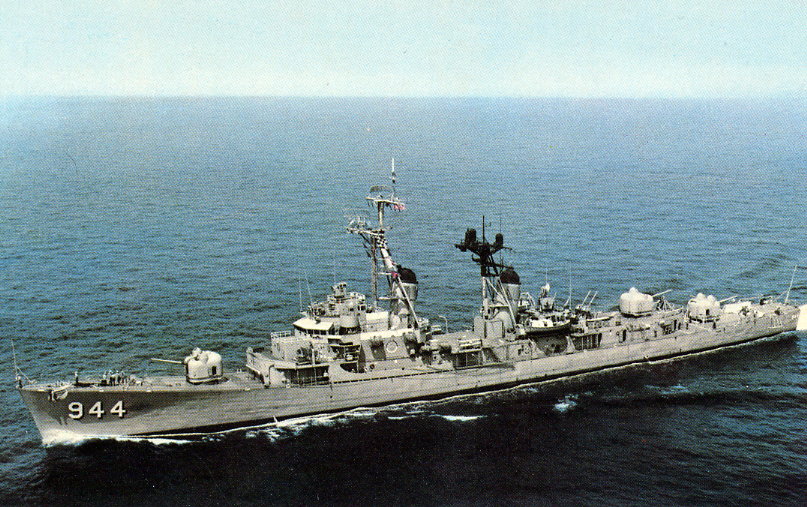
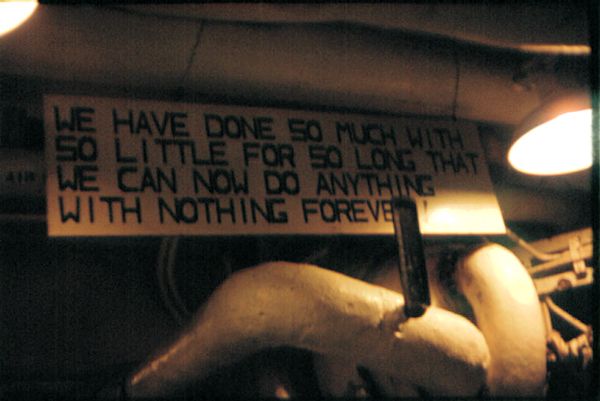
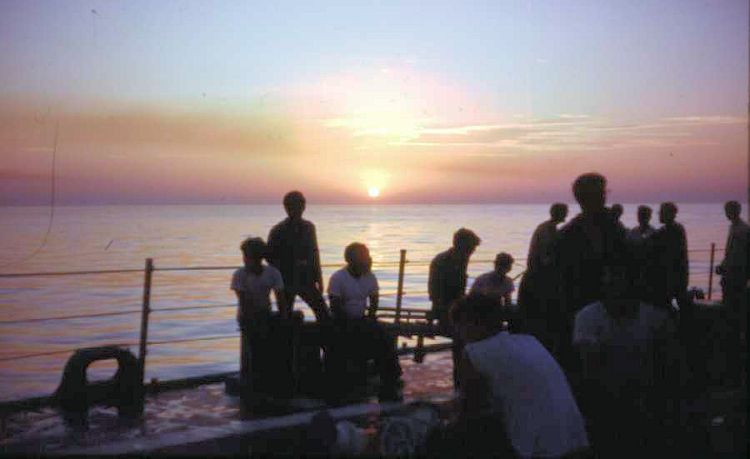
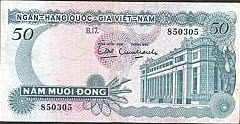
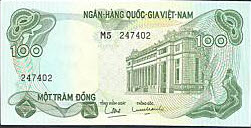

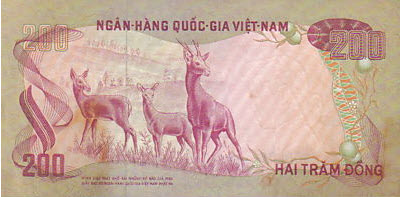

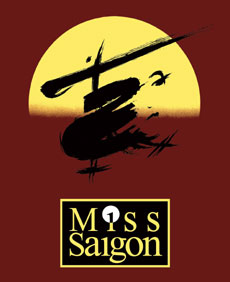
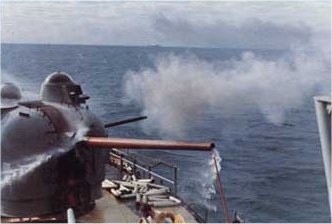  | Lincoln Journal StarNavy Planes Using ‘TV Bombs’ Are Attempting to Isolate Vinh (Compiled From News Wires)Wednesday, May 31, 1972 |
| Saigon – U.S. Navy fighter-bombers, using electronic ‘smart’ bombs with TV nose cameras for pinpoint accuracy, launched an aerial campaign to isolate Vinh, the big coastal city midway between Hanoi and the demilitarized zone, military spokesmen said.
Pilots from the carrier Midway said they knocked out the Tho Tuong railroad bridge 10 miles southwest of Vinh with two of the 1,100-pound high explosive bombs. The glide bomb carries in its nose a TV camera that relays pictures back to screen in the plane. When the bomb focuses on the target, the pilot keeps in on course by transmitting electronic signals to four tail fins that steer it. Military sources say the ‘smart’ bombs are accurate within five feet while bombs with no electronic guidance may be as much as 150 feet off. For War Supplies: Vinh is a major transshipment point for war supplies moving into South Vietnam to support the North Vietnamese offensive now beginning its third month. Waves of Navy jets from three carriers in the Tonkin Gulf concentrated their raids around Vinh on Tuesday. Pilots said they also knocked out the Tam Da railroad bridge 11 miles north of the city and cut the railroad tracks to the northern approach of the Dien Chau railroad bridge 8 Miles farther north. The Duc Lam highway b ridge 34 miles southeast of Vinh was reported damaged. Officers said the objective is to cut Vinh off from the rest of North Vietnam and attack war materials already therer for shipment to the South. U.S. planes already have mined the harbor. Officials in Saigon claimed that most mjaor bridges and roads and the northeast and northwest rail lines from Hanoi to China have now been cut. In Washington, the Pentagon claimed that U.S. bombing has cut ‘close to zero’ the flow of supplies from China by rail. The battle fronts in South Vietnam were reported generally quiet, with the exception of Kontum, in the central highlands. |
  | Saigon (AP)7th Fleet, Red Spies FriendlySaturday, June 3, 1972 |
| Saigon (AP) – The U.S. 7th Fleet said Saturday one of its destroyer escorts warned a Soviet spy ship away from the mined harbor of Vinh off North Vietnam’s central Coast and got a Russian thanks in return.
The Navy said the destroyer escort USS McMorris DE-1036 signaled the Soviet surveillance trawler Izmeritell last Tuesday by flashing lights and flags. One of the McMorris’ crewmen, who spoke Russian, also talked to the Soviet crew by radio. The Russian trawler altered her course after the warning and signaled: “Thank you for your cooperation and have a pleasant voyage.” |
  | Hong Kong (AP)No. Vietnam Has Capacity to Continue Its War EffortMonday, June 5, 1972 |
| Hong Kong (AP) – North Vietnam admitted Monday that it is having ‘very difficult’ economic problems because of the intensified U.S. bombing but insisted that it had the capacity to continue its war efforts.
“Even if the enemy succeeds in the bomb destruction or our cities and our large industrial installations, they can never paralyze our economy to the point of preventing our survival and our ability to supply the South,” the official newspaper Nhan Dan declared in a commentary broadcast by Radio Hanoi. “We have foreseen and have calculated in advance for the very difficult situation wrought by the most cruel and dangerous maneuvers of the enemy in their fierce escalation of the war,” Nhan Dan continued. “But our people can walk, can use torchlights, can eat diluted congee (water rice gruel) and still defeat the U.S. aggressors. The talk of walking, using torchlights and subsisting on rice gruel were obvious references to heavy damage inflicted by U.S. bombers on rail lines, highways, bridges and electric power plants. Meanwhile a seventh aircraft carrier, the USS Ticonderoga, has joined the U.S. 7th Fleet and will arrive off the coast of Vietnam within a week, U.S. military sources said. The Ticonderoga is now in Subic Bay, in the Philippines, Sources said the mission of the Vietnam War is to “hunt and kill submarines.” Her twin-engine planes are not equipped for air strikes against the railroads, roads and industrial installations in North Vietnam which are the targets for the planes from the other carriers operating in the Tonkin Gulf. The assignment of the Ticonderoga to Vietnam has been described as precautionary; presumably U.S. strategists think her presence might deter hostile submarine activity by the Russians or the Chinese. From Que Son, Vietnam, it was reported that the North Vietnamese offensive has been slowed at An Loc, Kontum and Hue. But in the Que Son Valley south of Da Nang it moves relentlessly forward, and the South Vietnamese are still losing fire bases and villages. “We are balanced on the knife’s blade,” said the Que Son district chief, Maj. Nguyen Cong Chinh, as he described the methodical 56-day enemy push that has captured one neighboring district, threatens another and has Que Son in a stranglehold. |
  | Saigon (UPI)So. Viets Take KontumWednesday, June 7, 1972 |
| Saigon (UPI) – South Vietnamese troops drove the last remnants of a North Vietnamese commando force out of Kontum city in the Central Highlands of South Vietnam Tuesday after fighting them inside the besieged provincial capital since May 26, military spokesmen said.
They said 2,000 government infantrymen backed by U.S. helicopter gunships and South Vietnamese artillery overran a military hospital and tank compound which were the last Communist strong points inside the city. Two ground battalions seized the hospital during the morning in a pincer attack and two other battalions captured the tank base in a similar maneuver during the afternoon, a spokesman said. The South Vietnamese Command in Saigon said 166 Communist soldiers were killed in the Kontum fighting – 112 at the hospital and 54 at the tank base. The command reported only one South Vietnamese soldier was killed and one wounded, Questioned about the low government losses, a Command spokesman said: “That’s very amazing. I’ve been asking myself why also.” It was the 2nd major government victory in two days. Monday South Vietnamese troops, acting on intelligence supplied by a Viet Cong deserter, routed Communist forces from the district capital of Phu My. Spokesmen said Tuesday U.S. fighter-bombers Monday hit railroads and bridges in North Vietnam in 220 bombing raids. The bulk of the targets were roads and railroads between Vinh, the country’s second largest port, and the Ho Chi Minh trail through Laos to the southern battlefields. U.S. navy fighter-bombers also hit a railroad switching yard midway between Haiphong and Hanoi triggering a ‘large secondary explosion,’ U.S. spokesmen said. North of Vinh, warplanes from the aircraft carrier USS Saratoga scored two direct hits on the Phu Dien Bridge on Hwy. 1, spokesmen said. In the same area 130 miles south of Hanoi, Saratoga pilots ‘dropped two spans of the Qui Vinh railroad bridge’ on North Vietnam’s main north-south oil line that goes into China along Hwy. 1. |
